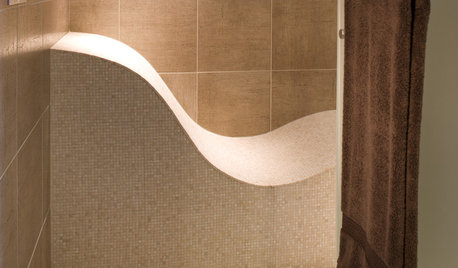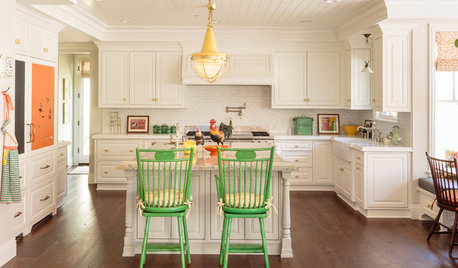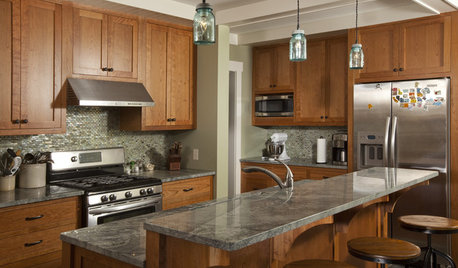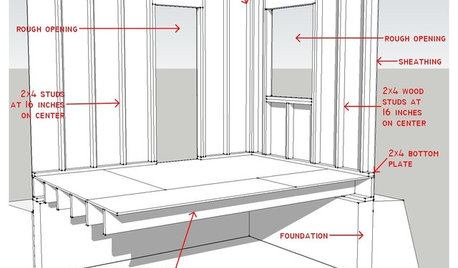Am I crazy to set 'moisture content' of framing in specs?
la_koala
12 years ago
Related Stories

URBAN GARDENSA Dynamic Backyard Design Embraces Its Urban Setting
A New York City outdoor space comes to life with a curvy new brick patio, thoughtful outdoor furnishings and evergreen foliage
Full Story
PRODUCT PICKSGuest Picks: Make a Meaningful Display Wall
Personalize your walls to your heart's content with shelves, clips, frames and customizable art
Full Story
WINDOWSSteel-Framed Windows Leap Forward Into Modern Designs
With a mild-mannered profile but super strength, steel-framed windows are champions of design freedom
Full Story
DECORATING GUIDESThe Dumbest Decorating Decisions I’ve Ever Made
Caution: Do not try these at home
Full Story
LIFEThe Polite House: How Can I Kindly Get Party Guests to Use Coasters?
Here’s how to handle the age-old entertaining conundrum to protect your furniture — and friendships
Full Story
REMODELING GUIDESTop 10 Tips for Choosing Shower Tile
Slip resistance, curves and even the mineral content of your water all affect which tile is best for your shower
Full Story
WHITE KITCHENSKitchen of the Week: Splashes of Color and Country Charm
An all-white spec-house kitchen in Los Angeles goes a little bit country and gets a whole lot of fun
Full Story
KITCHEN CABINETSCabinets 101: How to Choose Construction, Materials and Style
Do you want custom, semicustom or stock cabinets? Frameless or framed construction? We review the options
Full Story
TASTEMAKERSTake a Behind-the-Scenes Tour of Netflix’s ‘Grace and Frankie’
Set decorator Beauchamp Fontaine explains the design decisions behind the home sets featured in the new Netflix series
Full Story
REMODELING GUIDESKnow Your House: Components of Efficient Walls
Learn about studs, rough openings and more in traditional platform-frame exterior walls
Full StorySponsored
Columbus Area's Luxury Design Build Firm | 17x Best of Houzz Winner!
More Discussions










renovator8
la_koalaOriginal Author
Related Professionals
Brownsville Kitchen & Bathroom Designers · Flint Kitchen & Bathroom Designers · Owasso Kitchen & Bathroom Designers · Sun City Kitchen & Bathroom Designers · Clovis Kitchen & Bathroom Remodelers · Oceanside Kitchen & Bathroom Remodelers · South Park Township Kitchen & Bathroom Remodelers · Spanish Springs Kitchen & Bathroom Remodelers · Enumclaw General Contractors · Jackson General Contractors · Ken Caryl General Contractors · Los Alamitos General Contractors · Milford Mill General Contractors · North New Hyde Park General Contractors · Oxon Hill General Contractorsrenovator8
la_koalaOriginal Author
renovator8
User
renovator8
renovator8
renovator8
brickeyee
renovator8
brickeyee
MongoCT
la_koalaOriginal Author